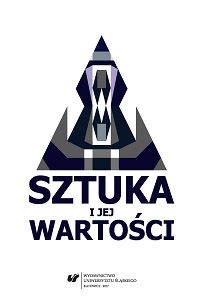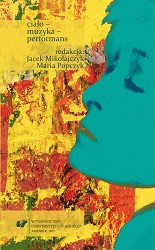Author(s): Grzegorz Kondrasiuk / Language(s): Polish
Publication Year: 0
Circus has made alliance with other kinds of shows repeatedly, and in spite of it – it preserves its autonomy, it’s still a distinct, expressive field. It is determined as such by the phenomenon of the circus body, which is created by the craft, formed by daily, long-term training of one or several of the whole range of techniques. The physical, intense presence of the circus body is a sine qua non of a circus show. It is what predestines about the performance’s effectiveness – through extraordinary skills, the element of risk, numerous surprises, abeyance of momentariness, the necessity of being both the author and the performer. In this article I look at one example, chosen from the whole spectrum of circus disciplines: jugglery. The circus of jugglers updates itself through parallel development on two levels: craft and stylistics. On the first level the personal conveying and individual cultivating of the technique takes place, in this kingdom of autonomy the knowledge of ways of juggling, the knowledge of tricks, of the number and variety of props is being handed down from generation to generation. This work is practically independent from the “stage solutions” (include music), independent from the development of performing arts’ aesthetics, it is a work of its own inner dynamics. The second level is where it comes to the equipment of the mastered technique in quality, to a stylistic enhancement of its “spectacularity”, (include “musicality”) it’s where the technique is being accorded a context, a regularity, a recognizable character.
More...


